Face bread
- Log in or register to post comments
- 1 comment
- View post
- Szanter5339's Blog
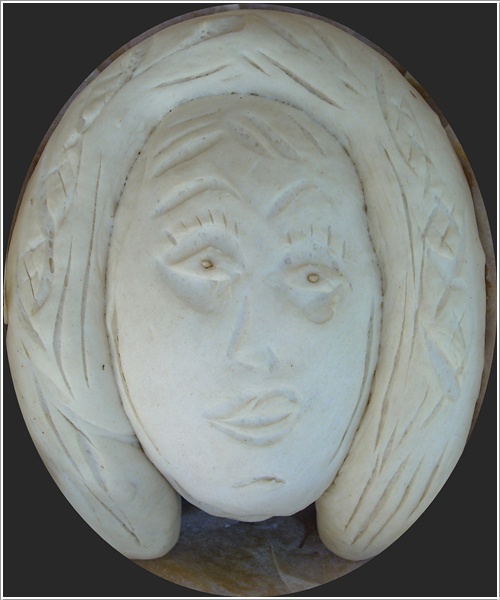


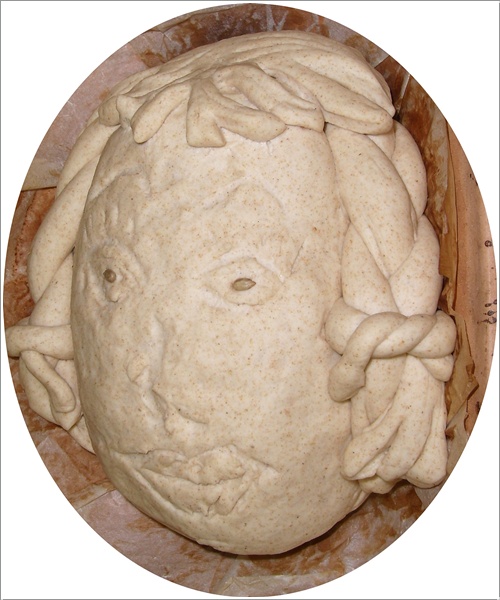

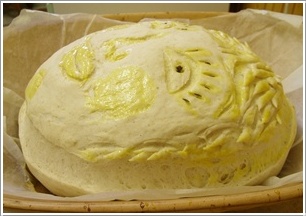
We have 2 Costco conveniently located in different sites of the city I live in. We also have many of the others but Costco is always my best choice for grossary. I bought this cooking book at Costco 4 years ago and have been practicing the recipes it offers. And as it says I found it incredibly easy to follow. Rustic Tuscany Bread from the cooking book has been the most facinating piece to me. I did it quite often and I did it kind of my own special version. It looks gorgeous and tastes fantastic.
Pissaladiere is a sort of pizza's distant cousin, originated in Province, Southern France, said to have been brought to the region by Romans. Not sure if the Romans had a pizzaria back home in those days :p, but it was probably their flat hearth breads Romans used to make that gave the inspirations to the locals.....though I have read one or two articles by patriatic French who claimed it's their pissaladiere that gave the inspiration to the Romans for making pizza. :D
It's been really few years I didn't show up here. Busy but never stopped baking. Focaccia is one of the breads I've baked almost every 2~3 days in the last 3 weeks. It's simple and goes well with about every thing I put on my dinning table and, most of all, my family and my friends love it. The dough I use for focaccia is pretty much similar to regular pizza dough. I actually us it for pizza as well.

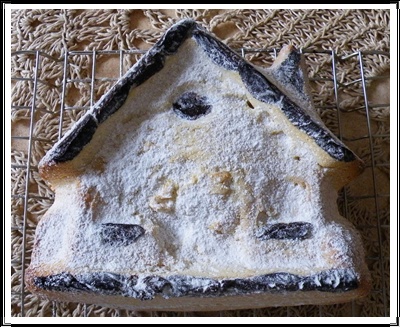





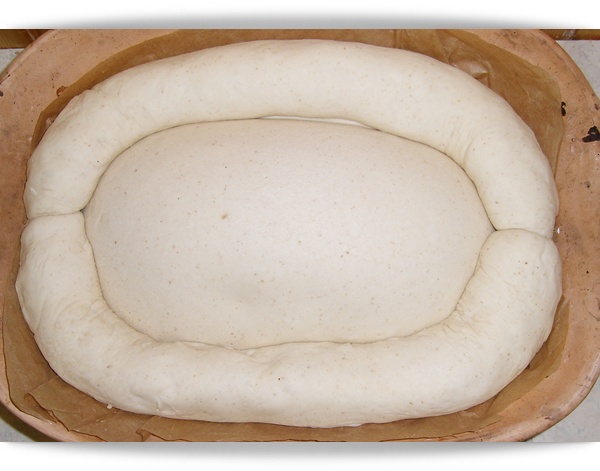


After a long time being intrigued by artisan bread baking, I finally decided to give it a go. I think I got it from my father, but I usually dive in head first and think "go big or go home."
I purchased excessive quantity of malted coarsely-chopped wheat grains in brewery supplier’s shop.
After milling this grain in flour it was not clear how one can use these quantities (1 kg) since we add only 1% of diastatic malt to dough.
After searching and thinking I created a recipe by myself, receiving golden, crispy and very healthy crackers. It’s wonderful to eat with home-made cheese, cream cheese, salty dip or jam.
Ingredients:
What to do with your starter excess? I always feel bad just pouring it down the drain. However sometimes I have to pour out the full cup of each starter to make room for the cup of new feeding that has to get added in. Even when I do use the pour off for sourdough pancakes, there is often a good 0.5-1 cup of excess re-fed starter in the proofing bowls. In either case, I hate to pour good starter down the drain. If I follow the recipes in books like Tartine they really are only using a very small fraction of the total starter, albeit for great recipes. I w